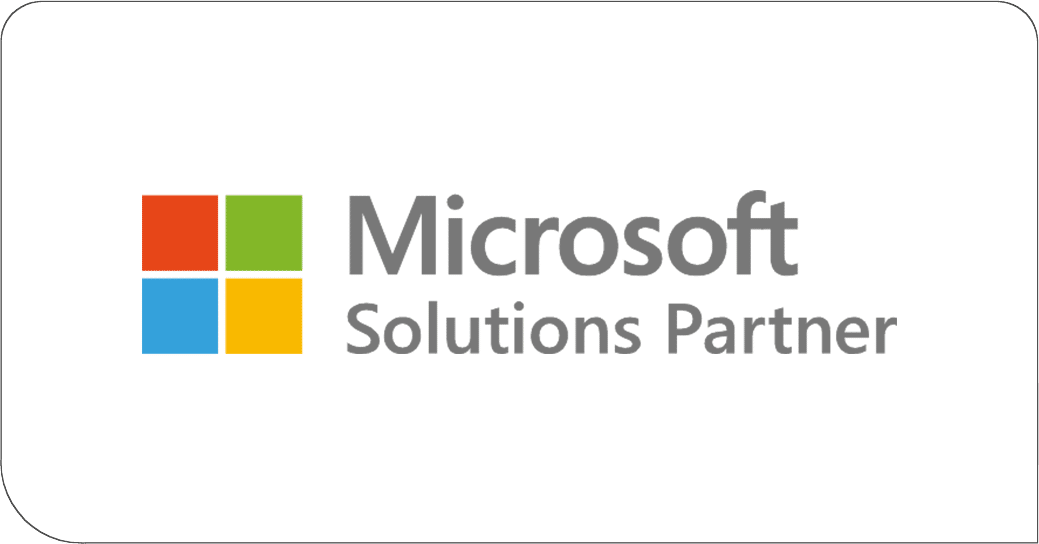Have you ever wondered how the latest technological innovations are reshaping the way businesses operate? At the heart of this transformation is a concept called edge computing. Unlike the cloud computing we’ve grown accustomed to, where data is processed in distant data centers, edge computing brings this process closer to where the data is generated.
In many industries, every second counts – like a doctor remotely monitoring a patient’s vital signs – and data processing needs to keep up with demand. With edge computing, the data is analyzed instantaneously, right at the source. This means faster responses, improved efficiency, and enhanced reliability.
But what exactly is edge computing, and why is it gaining such momentum? In this article, we’ll explore the advantages, challenges, business impacts, and future of this technological advancement.
What is Edge Computing?
At its core, edge computing is about bringing computation and data storage closer to the location where it’s needed to improve response times and save bandwidth. But what does this mean in practice?
Let’s say you have a smart factory with sensors collecting data. Instead of sending all this data back to a central data center, edge computing allows for processing right at the factory. This not only speeds up the decision-making process – it reduces the load on network resources.
Edge Computing VS Cloud Computing
Cloud computing relies on a centralized system, where data is sent to remote servers for processing. It’s like having a remote team handle all your data analysis. Edge computing, on the other hand, is akin to having a local team on-site, making decisions in real-time. While cloud computing is still vital for extensive data analysis and storage, edge computing offers a more efficient solution for immediate, on-site data processing.
Key Technologies
Internet of Things (IoT): As more devices become interconnected, the amount of data generated at the edge of networks is exploding. IoT devices range from simple sensors to complex robots and drones.
5G Networks: With higher speeds and lower latency, 5G is a crucial enabler of edge computing. It allows more data to be processed in real-time, even when the devices are mobile or in remote locations.
Artificial Intelligence (AI): AI and machine learning algorithms are increasingly being deployed at the edge. This local processing enables quicker insights and actions from AI systems, like in autonomous vehicles or personalized shopping experiences in retail.
Business Impact: Benefits of Edge Computing
Speed and Efficiency
One of the most significant benefits of edge computing is the sheer speed it brings to data processing. In the modern business world, time is money, and reducing latency leads straight to better business outcomes. For example, in high-frequency trading, milliseconds can mean the difference between profit and loss. Edge computing processes data where it’s collected, and this immediacy is crucial in scenarios requiring real-time analysis and decision-making.
Data Security and Privacy
Cybersecurity is more important than ever. Edge computing provides a more secure environment since it minimizes the amount of sensitive data traversing networks. By processing data locally, the risk of interception or compromise during transit is significantly reduced. Moreover, it allows for better compliance with data privacy regulations, as data can be processed and stored locally, adhering to the specific regulations of each region.
Cost-Effective Solutions
By reducing the need for data transmission to central servers, edge computing can also lead to significant cost savings. It minimizes bandwidth usage, which can be a major expense, especially for businesses dealing with large volumes of data. It also reduces the need for costly infrastructure upgrades by distributing processing loads across various edge devices.
Edge Computing Challenges and Considerations
Implementing any new technology brings new challenges. Integration with existing systems can be complex, requiring careful planning and expertise. Businesses need to consider the compatibility of edge computing with their current IT infrastructure.
Security Risks
While edge computing can strengthen data security, it also introduces new risks. The distributed nature of edge computing means that there are more points of vulnerability, as each edge device is a potential gateway for malicious actors. Strong security measures must be implemented at each network point to safeguard against threats.
Skill Gaps
Adopting new tech also requires a workforce skilled in its nuances. This includes understanding the technology, managing the infrastructure, and analyzing the data processed at the edge. Businesses may face challenges in training existing staff or recruiting new talent with the required expertise.
The Future of Edge Computing: Driving Technological Advancements
The trajectory of edge computing points towards a future where it becomes an integral part of the technological fabric of businesses. As we look ahead, several trends and predictions stand out, painting a picture of how it will continue to evolve and impact various sectors.
IoT and AI Integration: The fusion of edge computing with IoT and AI is expected to deepen. This will lead to smarter edge devices capable of more sophisticated data processing and decision-making, enhancing everything from smart cities to personalized retail experiences.
Edge-Centric Infrastructure: The market will likely see a surge in the development of specialized hardware and software for edge computing, including more powerful edge servers, dedicated edge security solutions, and software platforms that seamlessly integrate edge and cloud.
Industry Expansions: While currently prevalent in industries like manufacturing and healthcare, edge computing is set to expand into new domains, like agriculture for precision farming, and education for personalized learning environments.
Long-Term Business Impacts
In the long run, edge computing is poised to redefine how businesses approach data processing and decision-making. The decentralization of data processing will lead to more autonomous and efficient business operations. This could translate into significant advantages for early adopters and innovators.
Finally, the environmental impact cannot be overlooked. By reducing the need for data to travel long distances, edge computing could contribute to lower energy consumption and reduced carbon footprints, aligning with broader sustainability goals.
Embrace a Changing Landscape with Expert Guidance
As edge computing continues to mature, businesses must stay informed and agile. The ability to adapt to this evolving technology will be crucial in leveraging its full potential. Investing in the right infrastructure, talent, and partnerships will be key to harnessing the benefits of edge computing while navigating its complexities.
Are you looking to improve or change the way your business handles data? As a leading expert in data management, Davenport Group is your ally in leveraging edge computing to shape the future of your business operations.
Our specialist team will ensure you invest in the right infrastructure that will enable you to make the most of evolving technologies. Reach out to us today and find out how.


